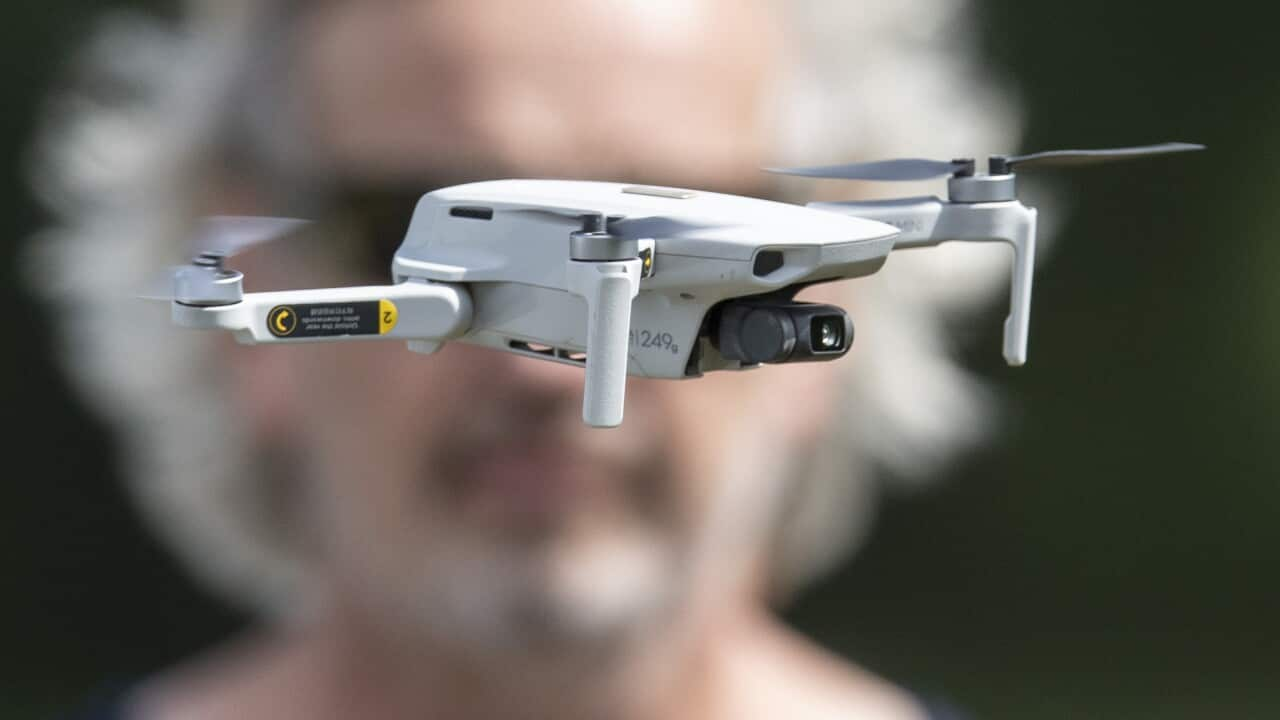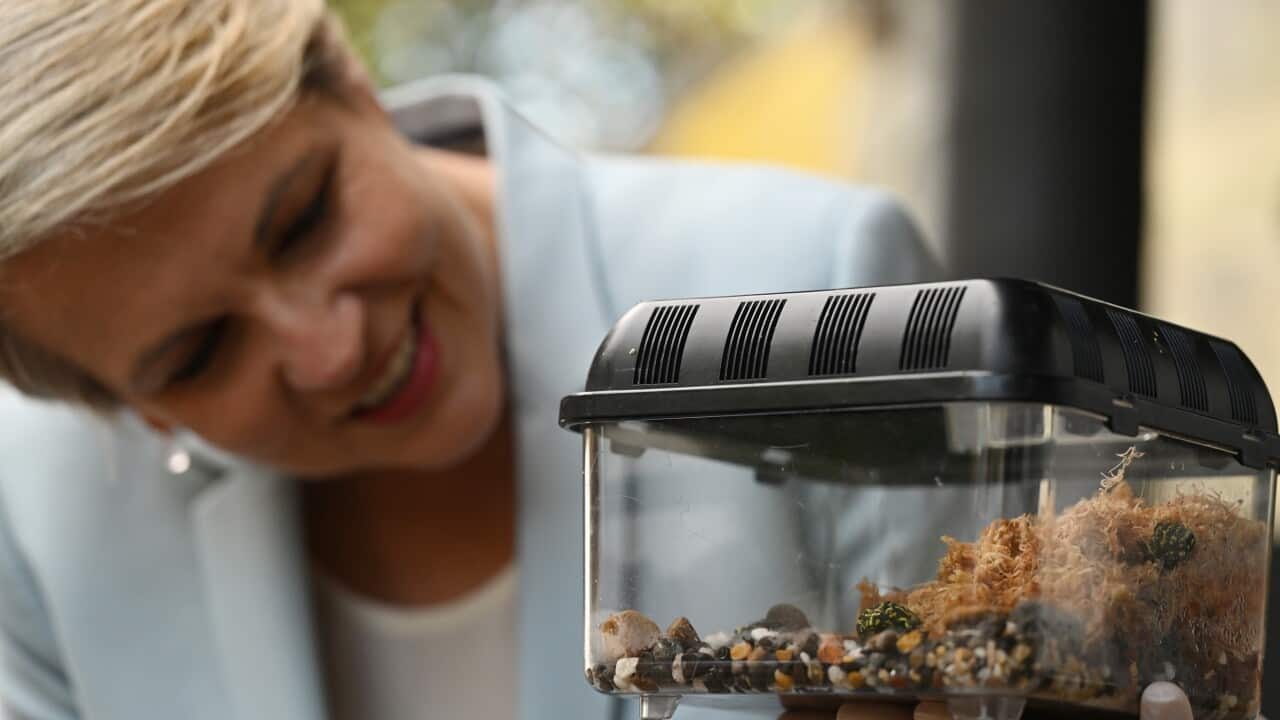Key Points
- Drones threaten the eastern curlew, a critically endangered shorebird in Australia, as well as other species.
- Research shows drone disturbance affects the curlew's ability to recharge, contributing to an 80 per cent decline in its population.
- When curlews flee, other species also take flight, highlighting the need for regulations considering flock impact.
Instagrammers who use drones for that wow factor could be pushing Australia's largest shorebird further towards extinction, while also disturbing other species.
A study has delved into the effects of drones on shorebirds including the critically endangered eastern curlew, which is known for its epic migration from Russia and north-eastern China to Australia each year.
When the brown wader with its large curved beak arrives at its southern feeding grounds - places like Moreton Bay, off Brisbane - it is ravenously hungry and needs to fill up after a journey that spans well over 10,000 km.
But research by University of Queensland PhD candidate Joshua Wilson suggests drone users could be interfering with the bird's ability to recharge.
He's tested how 12 shorebirds species in Moreton Bay respond to drones, and the news is particularly bad for the eastern curlew, which has suffered an 80 per cent decline in its global population in just 30 years.
Wilson conducted 240 drone approaches of mixed-species flocks in the bay area.
All 12 species reacted when the drone was flown below 60 metres. Above 60 metres, 11 species were generally unaffected with a less than 20 per cent probability they'd fly away.
The exception was the eastern curlew, which fled even when the drone was at 120 metres.

The eastern curlew has suffered an 80 per cent decline in its global population in just 30 years. Source: AAP / Duncan Usher
A concerning domino effect
Wilson also identified a domino effect - when the curlews took off, other species did too. He says that contagion must be a consideration in any new regulations.
"That was a really important point because typically when we try to manage disturbance by putting in buffer distances, they are put in place on a species-by-species basis," he said.
"But the disturbance isn't really species by species, it impacts the whole flock ... the consequences are a lot greater than just the 100 eastern curlews that are in the flock.
"You're now affecting the 3000 shorebirds that are in the flock as well."
Moreton Bay is one of the most important sites in the world for eastern curlew and they are commonly found within mixed flocks there, alongside species including sea gulls, pied stilts, pied oyster catchers and royal spoonbills.
The bay is part of a marine park and as such, it's an offence to disturb shorebirds in any way including with drones.
But Wilson says recreational users may not understand how far-reaching drone disturbance can be for birds.
He's working with the Queensland Parks and Wildlife Service on an information campaign to let users know what's at stake.
The eastern curlew is one of the priority species the federal government is trying to save from extinction under its Threatened Species Action Plan.











